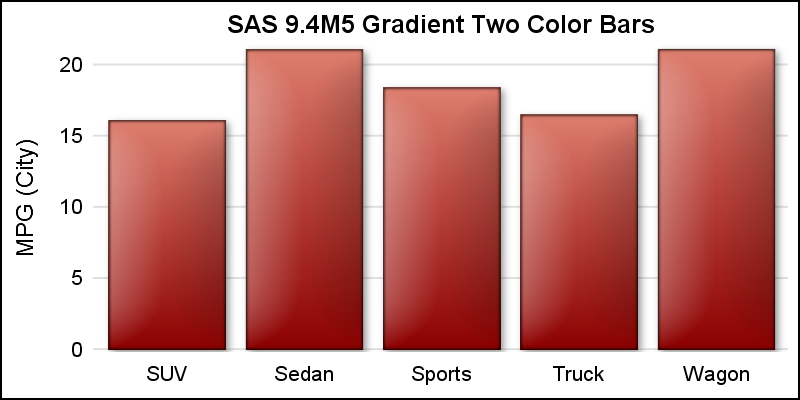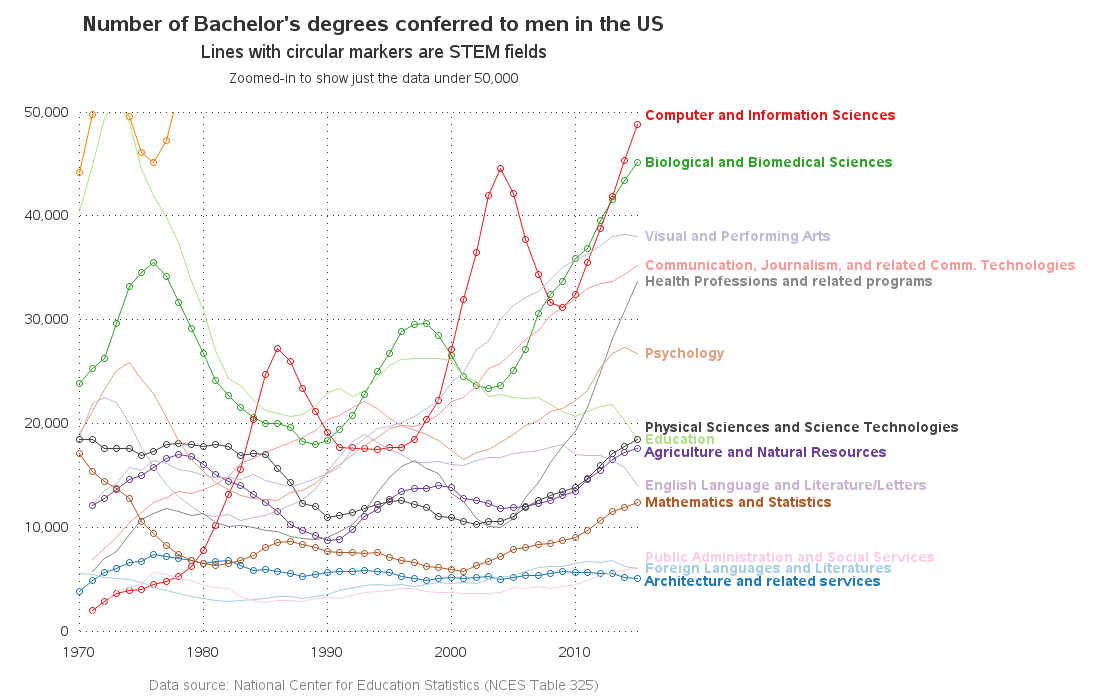
Former U.S. Chief Technology officer Megan Smith stressed the importance of continued investments in science, technology, engineering and mathematics (STEM) in her keynote address at SAS Analytics Experience, sharing a quote from George Washington. In his first address to Congress, in 1790, Washington said, “There is nothing which can better











































